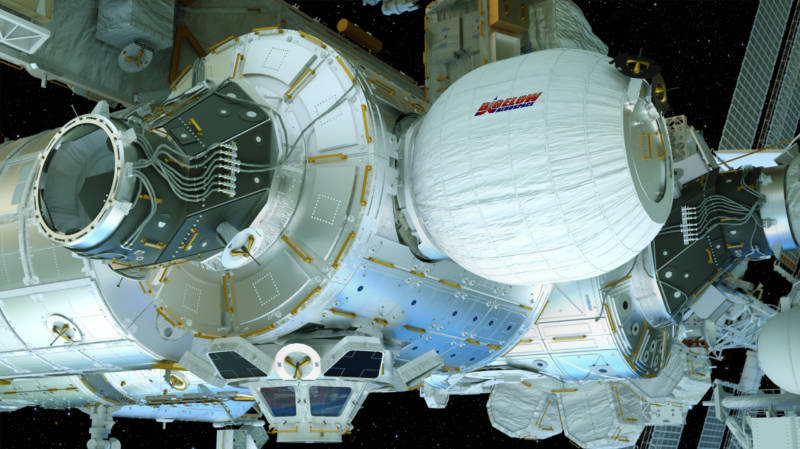NASA called off today’s effort to inflate an expandable module attached to the International Space Station after its first attempt fell flat.
The module is called BEAM, Bigelow Expandable Activity Module. It’s a prototype of what could be a new kind of living quarters in space. The advantage of an expandable module is that it can be folded so it takes up less room in a cargo rocket, and then expanded once it reaches space.
Folded up, BEAM looks like a partially crushed tin can, about 7 feet long. Inflated, it looks more like a 13-foot-long watermelon.
At first, everything seemed to go well, as the restraining straps around BEAM were successfully released. Then, ground controllers told space station astronaut Jeff Williams to open a valve for a few seconds at a time to transfer air from the station into BEAM.
The problem was, nothing happened. BEAM refused to budge. After a couple of hours of injecting brief bursts of air into the module, NASA ground controller Jessica Meir gave Williams the bad news.

9(MDAxOTAwOTE4MDEyMTkxMDAzNjczZDljZA004))